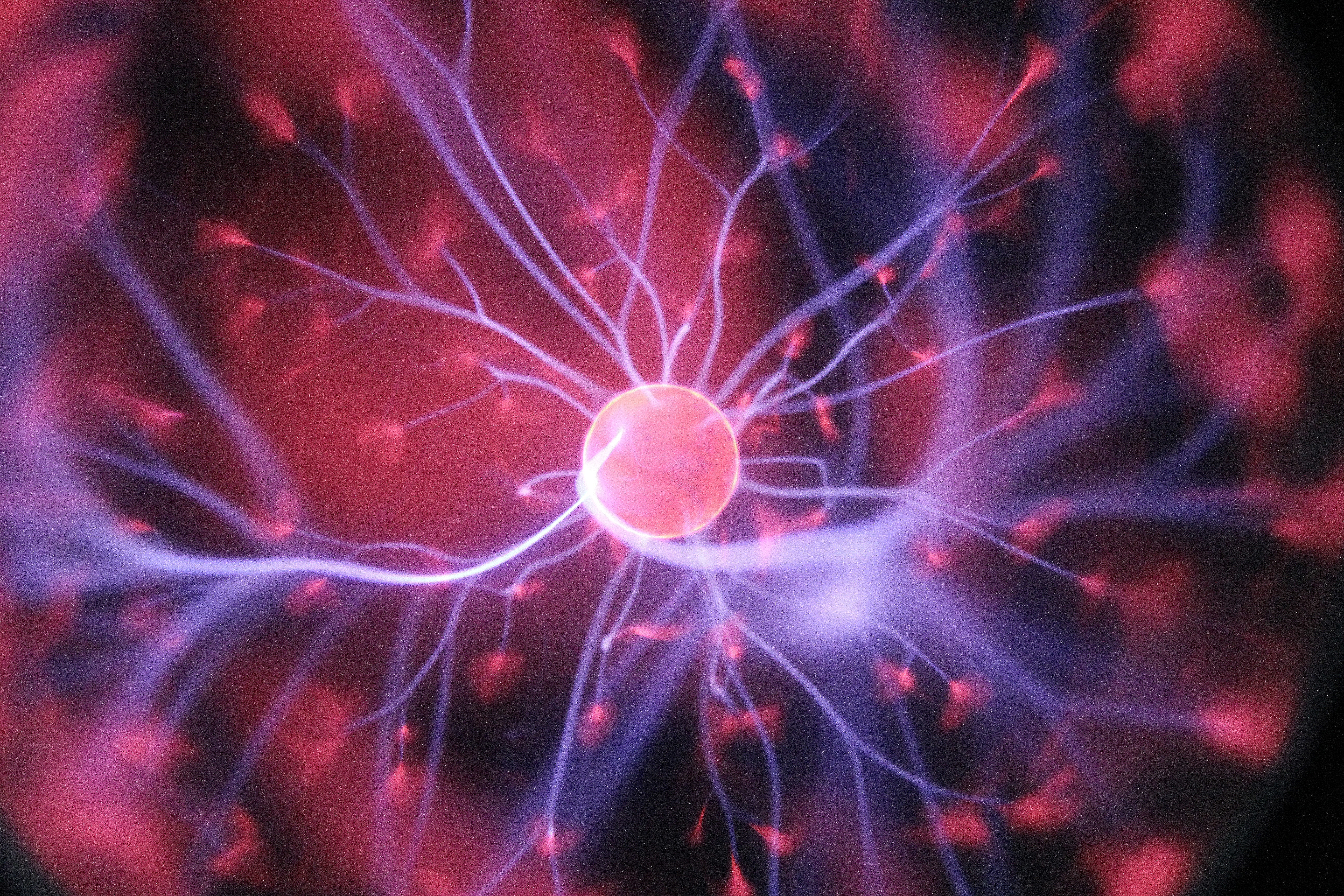Are The Symptoms of Autism Caused by a Treatable Metabolic Syndrome?
Abstract
Are the symptoms of autism caused by a treatable metabolic syndrome that traces to the abnormal persistence of a normal, alternative functional state of mitochondria? A small clinical trial published in 2017 suggests this is possible. Based on a new unifying theory of pathogenesis for autism called the cell danger response (CDR) hypothesis, this study of 10 boys, ages 5–14 years, showed that all 5 boys who received anti purinergic therapy (APT) with a single intravenous dose of suramin experienced improvements in all the core symptoms of autism that lasted for 5–8 weeks. Language, social interaction, restricted interests, and repetitive movements all improved. Two children who were non-verbal spoke their first sentences. None of these improvements was observed in the placebo group. Larger and longer studies are needed to confirm this promising discovery. This review introduces the concept of M2 (anti-inflammatory) and M1 (pro-inflammatory) mitochondria that are polarized along a functional continuum according to cell stress. The pathophysiology of the CDR, the complementary functions of M1 and M2 mitochondria, relevant gene-environment interactions, and the metabolic underpinnings of behavior are discussed as foundation stones for understanding the improvements in ASD behaviors produced by anti purinergic therapy in this small clinical trial. Read more…
Conclusions
Over $1 billion has been spent on genetic research in autism over the past 10 years by the NIH, Autism Speaks, and the Simons Foundation. This work has shown that hundreds of genes play a role in different children and that no single gene accounts for more than 1–2% of autism (Talkowski et al., 2014). While most genetic studies conclude that each genetic cause of ASD must be treated differently, the CDR hypothesis suggests that one mechanism—a unified cellular response—might be at the root of all the different causes of autism. In addition, the CDR hypothesis comes with a detailed molecular mechanism and a treatment. This new theory has already been rigorously tested in the lab since 2011 and found successful in classical animal models of autism. It also showed promise in 10 children with ASD as a unifying theory of pathogenesis in the SAT1 clinical trial (Naviaux et al., 2017).

 https://doi.org/10.1016/j.mito.2017.12.007
https://doi.org/10.1016/j.mito.2017.12.007
